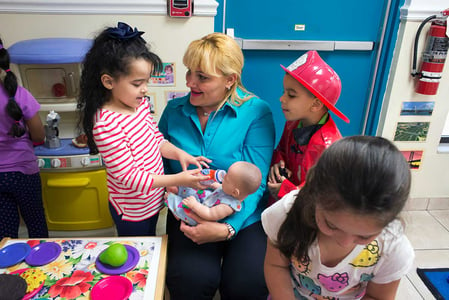
Regardless of the various journeys we take or paths we find ourselves on when we discover CLASS, we all believe in the power of interactions to change children’s lives. While our focus is on classrooms (broadly defined), as educators and passionate education advocates we believe in the right of all children to experience nurturing interactions, both inside and outside any classroom walls.
Our beliefs are grounded in vast knowledge and a wealth of science. Given this knowledge of the impact of those interactions, especially between children and their primary caregivers, I recognize a responsibility to speak up. I’m far from alone. Today, the U.S. Senate, led by the Majority Leader, Mitch McConnell (R-KY), said the Senate, in a bipartisan approach, will not remain idle or quiet while children are separated from their parents or caregivers at our country’s borders, disrupting the most fundamental bonds and putting young children and their healthy development in grave peril.
So often with my early childhood advocacy work, I turn to one of our largest, strongest advocacy organizations, the National Association for the Education of Young Children, NAEYC. Please read their blog and let me know your thoughts and ideas.
